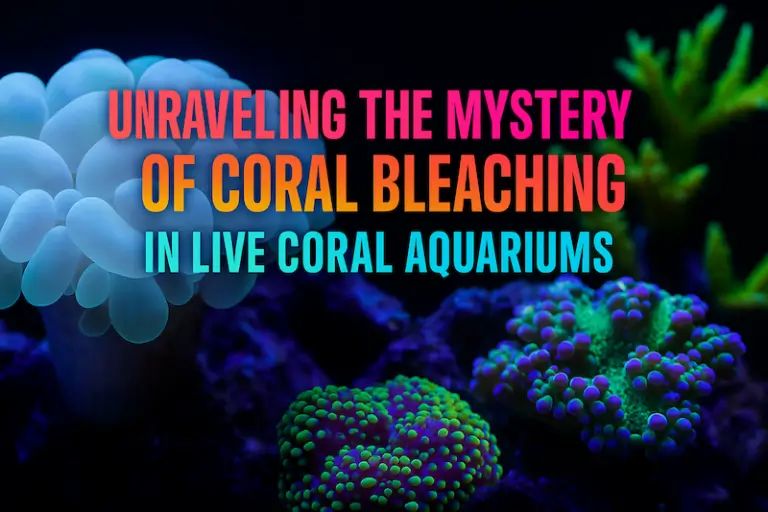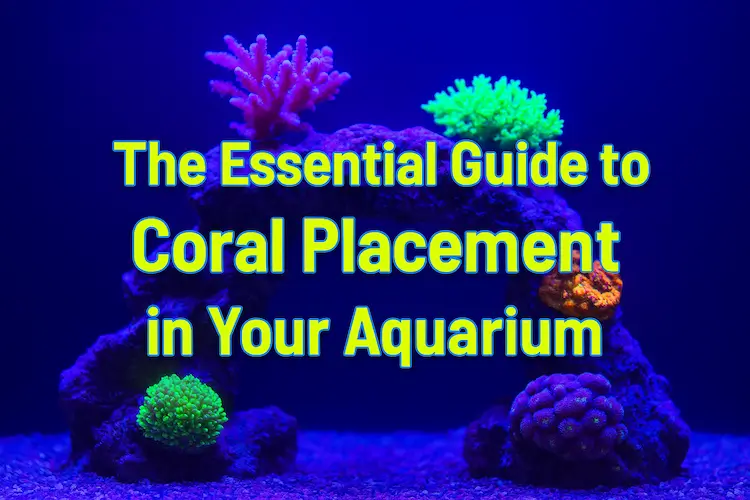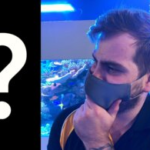Zoanthid Care Answers to Your Questions
Zoanthids are a popular choice for reef aquariums due to their stunning colours and relatively easy care. Here, we address a comprehensive list of questions frequently asked by both novice and experienced aquarists about keeping Zoanthid corals healthy and vibrant.
Q- Where do you put Zoa’s in a tank?
Answer – Zoa’s are adaptable and can thrive in various parts of the tank. Typically, placing them in the middle to lower regions with moderate lighting and flow is a good start. Observing their response to these conditions will help you fine-tune their placement.
Q- Are Zoanthids toxic to humans?
Answer – Yes, zoanthids produce a toxin known as palytoxin, which can be harmful if ingested, inhaled, or if it comes into contact with cuts. It’s essential to wear gloves and take precautions when handling them.
Q- Can you touch zoanthids?
Answer – While occasional contact is unlikely to cause harm, it’s best to wear gloves to protect both yourself from potential toxins and the zoanthids from oils and residues on your skin.
Q- What kills zoanthids?
Answer – Poor water quality, inadequate lighting, pests, and aggressive algae can harm zoanthids. Regular maintenance and pest management are crucial for their health.
Q- How long does it take for Zoa’s to multiply?
Answer – Under optimal conditions, Zoa’s can start forming new polyps within weeks, but growth rates vary widely depending on the species and environment.
Q- Will Zoa’s grow on sand?
Answer – Yes, but they prefer to attach to a more stable substrate. They might eventually anchor themselves to debris or shells in the sand.
Q- How do I make my Zoa’s happy?
Answer – Moderate to high lighting, stable water parameters, regular feeding, and good water quality are key to keeping Zoa’s happy.
Q- Will Zoa’s sting each other?
Answer – Zoanthids can compete for space but don’t typically harm each other with stings. Providing enough space for each colony to grow is advisable.
Q- How do I get my Zoa’s to spread?
Answer – Optimal care and occasionally repositioning or fragging can encourage Zoa’s to spread more quickly.
Q- How long does it take for Zoa’s to open after dipping?
Answer – They usually open within 24 to 48 hours after dipping, but it may take longer depending on their condition and the dip’s intensity.
Q- How often should I feed my Zoa’s?
Answer – Feeding 2-3 times a week with suitable coral food can promote growth and enhance coloration.
Q- Do Zoa’s need blue light?
Answer – Blue light is beneficial for Zoa’s, promoting vibrant coloration and healthy growth.
Q- Do you dip Zoa’s?
Answer – Dipping new Zoa’s in a coral dip solution is recommended to remove pests and parasites.
Q- Can you feed reef roids to Zoa’s?
Answer – Yes, reef roids are an excellent food source for Zoa’s, promoting growth and coloration.
Q- Can you remove Zoa’s from rock?
Answer – Zoa’s can be carefully removed or fragged from their rock for propagation or repositioning.
Q- Are Zoa’s good for beginners?
Answer – Yes, their relatively simple care requirements make Zoa’s an excellent choice for beginners.
Q- How do I know if my Zoa’s are getting too much light?
Answer – Zoa’s receiving too much light may exhibit fading colours or close up. Adjusting their position or the lighting intensity can help.
Q- Will Zoa’s grow vertically?
Answer – Zoa’s can grow in various directions, including vertically, if they have suitable surfaces to attach to.
Q- What is the easiest zoanthid to keep?
Answer – Many Zoa’s are hardy and easy to care for, but species like Zoanthus and Palythoa are particularly beginner-friendly.
Q- Why do my Zoa’s look like umbrellas?
Answer – This can happen when Zoa’s are adjusting to water flow or lighting conditions. They may extend their bodies to optimise their exposure.
Q- Will torches sting Zoa’s?
Answer – Torches and Zoa’s should be kept apart as torch corals can sting and damage Zoa’s with their long sweeper tentacles.
Q- Why is my zoanthids coral turning brown?
Answer – Brown zoanthids may indicate insufficient lighting or nutrient imbalances. Adjusting lighting or water quality can often help.
Q- Do you rinse coral after dip?
Answer – Yes, rinsing corals with aquarium water after dipping is important to remove any dip solution residue before reintroducing them to the tank.
These answers should help guide you in the successful care and enjoyment of your zoanthid corals, ensuring they remain a vibrant and thriving part of your reef aquarium.








